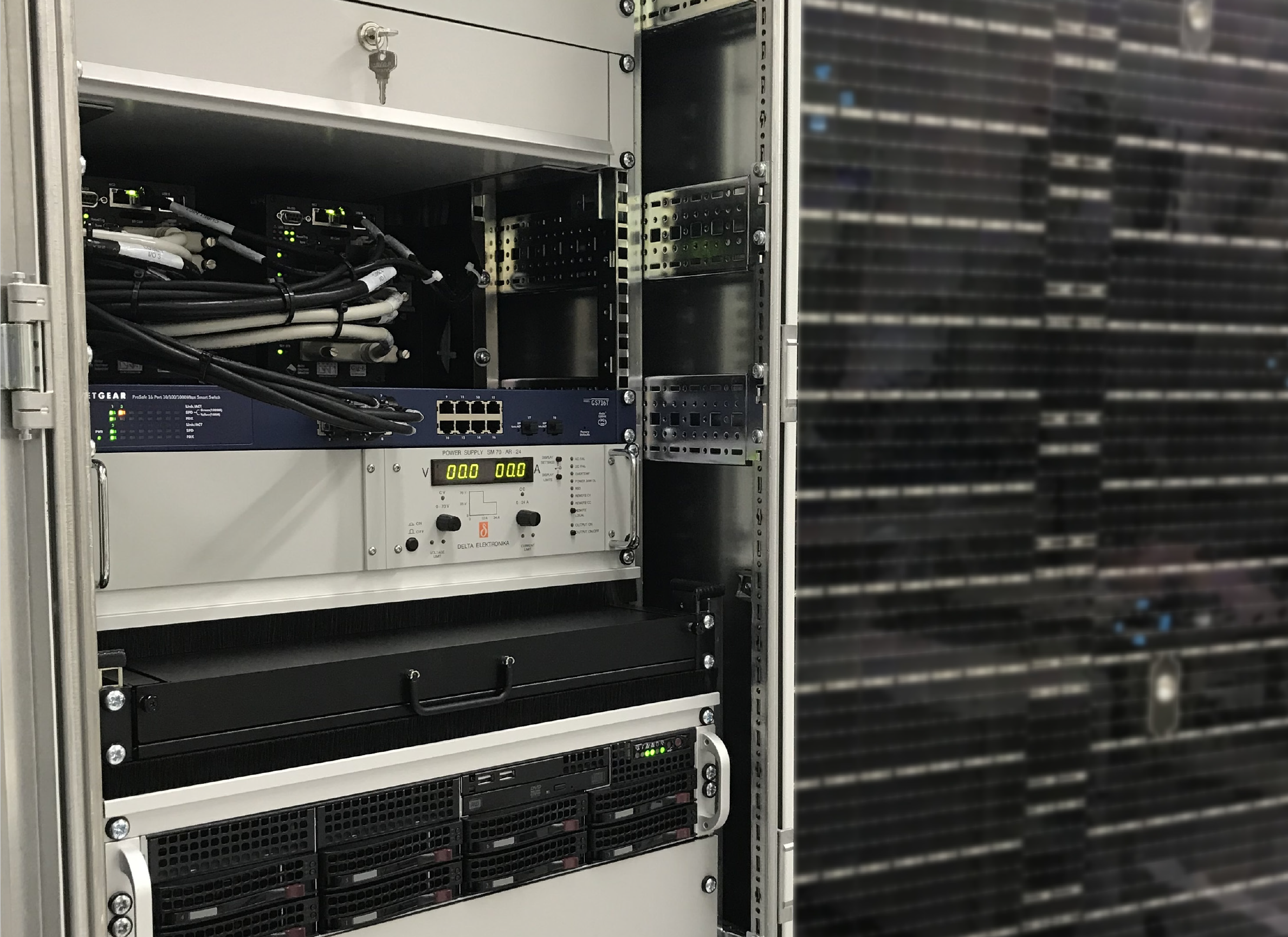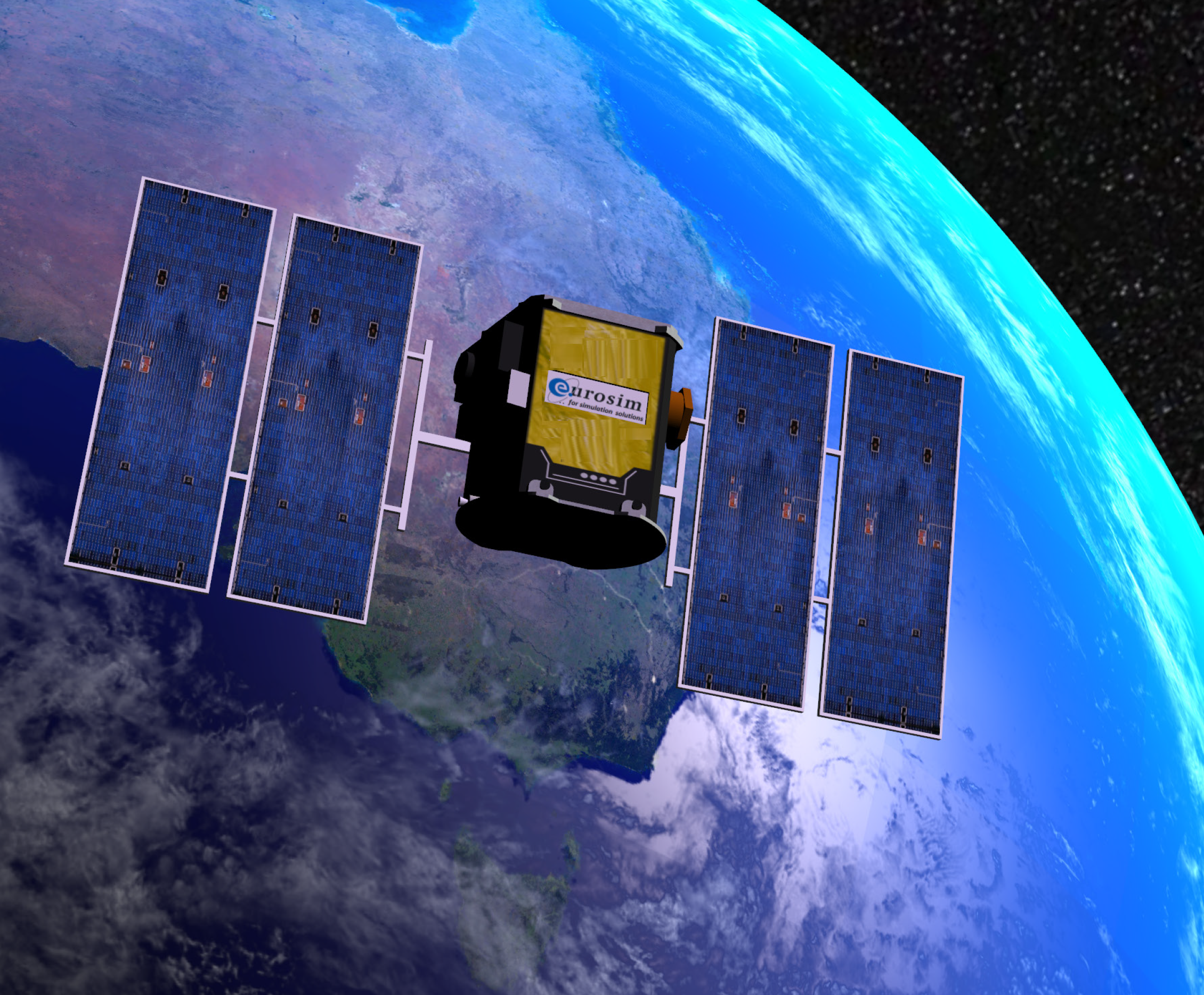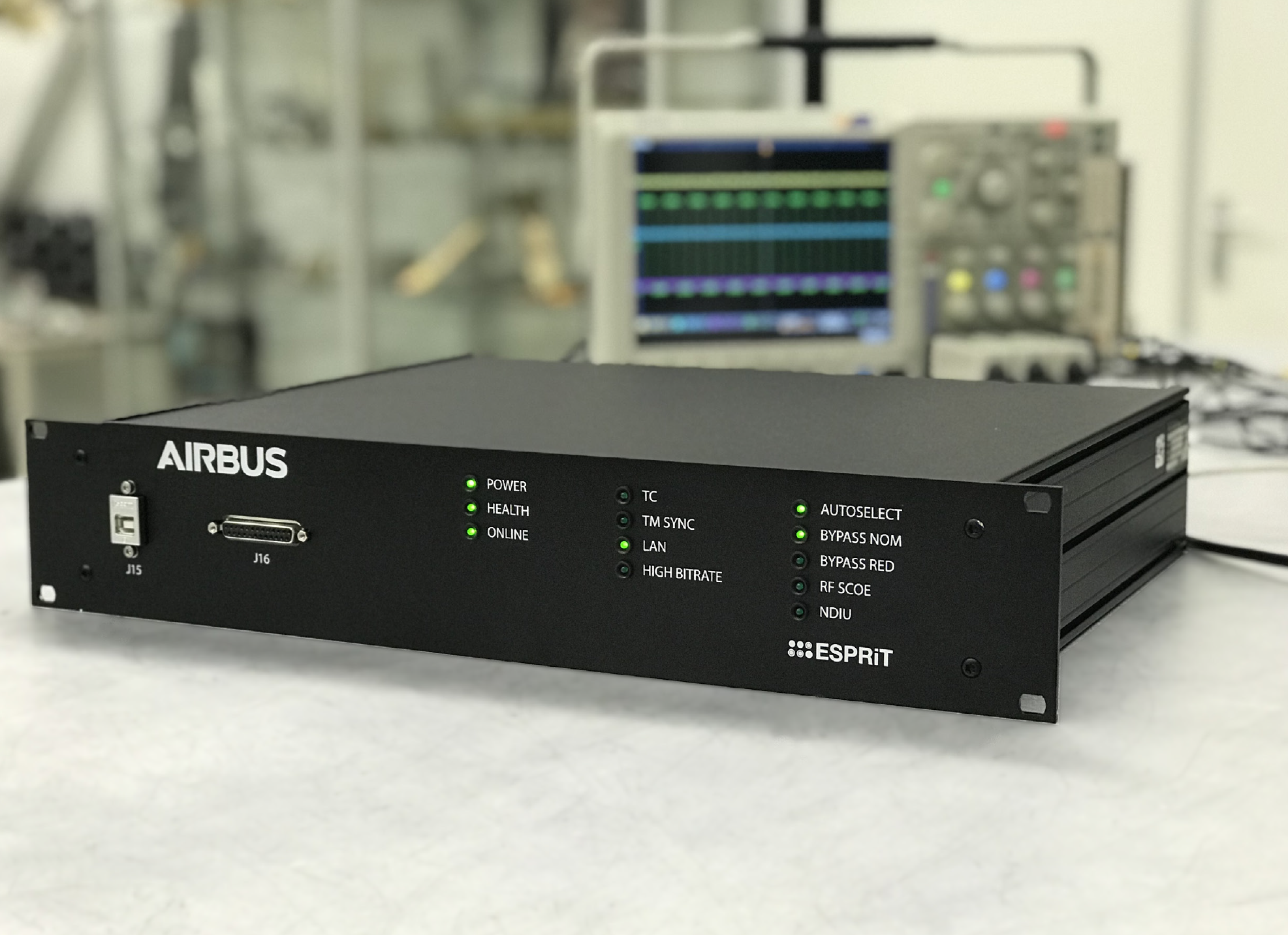Simulation & Verification
Space missions do not offer second chances. Simulating and verifying your space system and preparing for operations upfront is key in ensuring a successful mission.
Airbus Netherlands’ simulation and verification solutions are available for testing space systems such as launchers, spacecraft, (small) satellite platforms and payloads.
Our solutions are applied in a wide variety of cases, ranging from small scale test setups for individual space components up to complete flatsat / avionics test benches with space hardware integrated in the loop. These test systems can include real-time simulators, simulation models and the electrical interfaces to stimulate and acquire equipment signals.
Successful simulation and verification solutions are ensured by Airbus Netherlands thanks to a deep understanding of the test needs of space projects, the possible approaches, our specialised and experienced staff, and our in-house facilities.

Key Benefits
- Faster spacecraft development and reduced costs by introducing early feedback with simulated spacecraft equipment.
- Improving mission preparedness with validation of operational procedures and training operators in all scenarios.
- Ensuring mission success using hardware in-the-loop simulation with out-of-the-box front-end support, execution monitoring and post analysis support.
Use cases
Airbus Netherlands’ simulation and verification solutions are used during the development and verification of space systems, such as:
- Attitude/Orbit Control Systems (AOCS) or Attitude Determination and Control Systems (ADCS): for spacecraft with missions such as earth observation, laser communications, rendezvous & docking, tugging, de-orbiting debris, up to science-level high-accuracy pointing applications. Typically, a phased approach is applied, starting with a Functional Engineering Simulator with our models in Matlab/Simulink to design the AOCS, then a Software Validation Facility (SVF) for the AOCS software development, and finally hardware-in-the-loop (HiL) benches which range from just the On-Board Computer up to proto-flight benches with all spacecraft equipment in the loop. Examples of our projects are Euclid and NAOS.
- Instruments or Sensors: payloads for e.g. earth observation with spectrometers, radar or camera’s, or scientific missions to explore the universe. Such instruments typically consist of a control unit and a sensor. If the control unit is complex, it is can be required to verify it in isolation from the sensor and the platform, in which case Special Check-Out Equipment (SCOE) is typically used. When the sensor is included the test system becomes multi-domain: the test system also drives e.g. thermal, mechanical and optical front-ends to stimulate the sensor and to collect the resulting measurements. Examples of our projects are SPEXone and Tropomi.
- Space Robotics: for missions such as planetary exploration, mining and in-space manufacturing. Typically, a high dose of autonomy is involved, as well as a high risk due to the close proximity operations. Cameras and laser systems are often involved to assist in navigation in close proximity to other systems or surfaces. As a result, space robotic systems are highly complex, with simulation and verification applied during design, development and checkout, which requires functional engineering simulators, software validation facilities and hardware in the loop benches. Examples of our projects are ExoMars and Sample Fetch Rover.

Integrated Solutions
We offer integrated solutions for simulation and verification systems as commonly used during development of space payloads or platform systems, such as:
- Functional Engineering Simulators (FES)
- Software Validation Facilities (SVF)
- Electrical Ground Support Equipment (EGSE)
- Special Check-Out Equipment (SCOE)
- Hardware-in-the-Loop benches (HIL)
- Flatsat / Avionics Test Benches (ATB)
Products
The following products are available for users that wish to build their own, in-house simulation and verification solutions:
- Simulator Models: our Generic Guidance, Navigation and Control Simulator (GGNCSim) is a software toolbox that allows developers to build a Guidance, Navigation and Control simulation model that is usable from both Matlab/Simulink and real-time simulators, such as EuroSim. The toolbox provides models for flight dynamics, environment models, and math and utility functions to establish the spacecraft dynamics, kinematics and environment model. Furthermore, a library of basic actuator and sensor models is included as a foundation for modelling spacecraft equipment. An AOCS engineering simulator is established by combining these models with the end-user’s AOCS control model.
- Simulator Platform: our EuroSim software product is a simulator framework that supports its users in building and operating real-time simulators faster, better and more cost-effective. EuroSim is provided as an application that can be deployed on servers, workstations, desktops and even single-board computers, such as the Raspberry PI. Models can be coded, or reused and integrated with powerful scheduling and out-of-the-box interfaces for hardware-in-the-loop simulation and for integration with operational facilities.
- Electrical Ground Support Equipment (EGSE): our EGSE hardware and software architecture is designed with flexibility and scalability in mind. A test solution can be generated by selecting the required number of interfaces of the relevant type. The building blocks are easily integrated into a system. The discrete interface building blocks are intelligent nodes that interface with the rest of the test system using real-time Ethernet. This solution offers better scalability at much lower maintenance costs, while maintaining real-time performance and refresh rates of more the 1000 HZ for all interface parameters in parallel. The discrete nodes are based on state-of-the-art SOC technology and include FPGA functions to implement project specific timing or functional behaviour in each node.
- Telemetry/Telecommands Front-End (TmTc-FE): our TM/TC Front-End product connects your Central Check-out System (CCS) or test supervisor software to the spacecraft (i.e. instead of a radio link) making it an essential front-end system during satellite AIT, system verification and pre-launch operations. The TM/TC Front-End provides telemetry and telecommand processing in compliance with ECSS-E-ST-50 and CCSDS and has optically isolated interfaces with connect/disconnect functionality, which makes it safe to connect to flight hardware. The local GUI provides full control of the front end, making it possible to use it also without a CCS.

Demo or Questions
To request a demo of our simulation and verification products, or if any questions arise or additional information is desired please contact us by using the ‘contact us’ button below.
Download
An information package regarding our simulation and verification products and solutions can be downloaded below. The download package will provide you with: a detailed paper on the Euclid satellite verification facilities, a presentation of the simulation & verification solutions and the product sheets with the key characteristics and performance.

Share